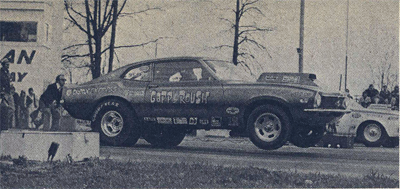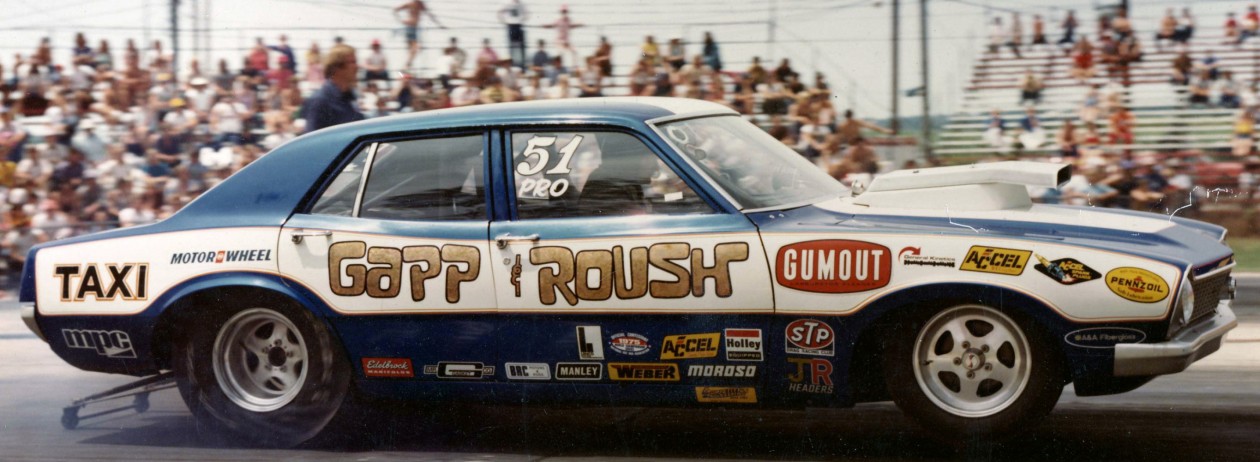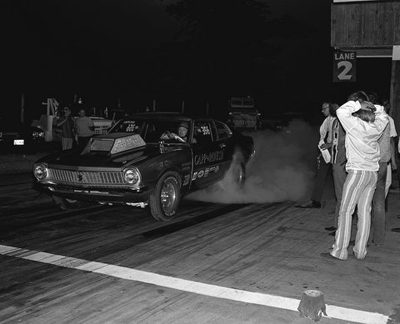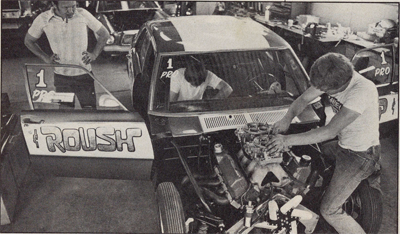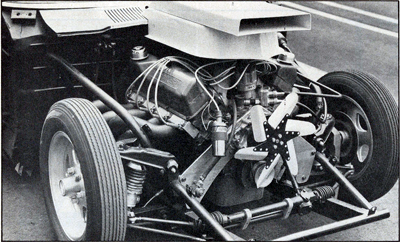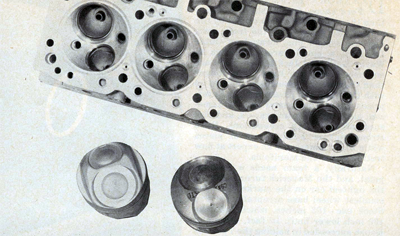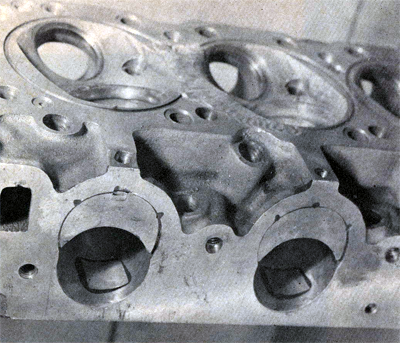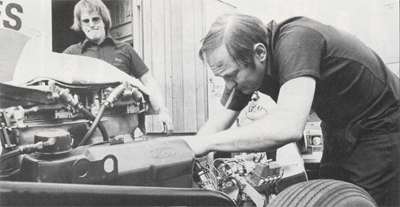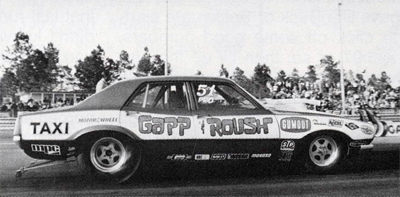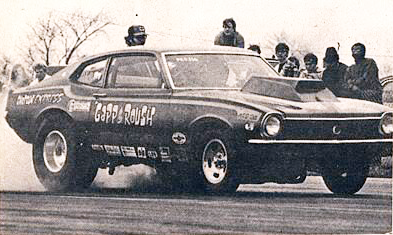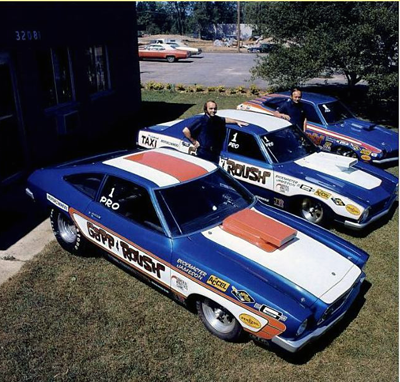Saw this article, which is pretty cool.
The industry I have worked in over the last 20 years has made me want to see correct information at all times. I think I got it right here…
– Jeff
———
Dear Editor,
I recently read the article posted on your site titled “THE TIJUANA TAXI: UNDER CONSTRUCTION”.
First of all, thank you for posting the information. It is good to see Roush McClenaghan and Roush interested in creating a replica of the ‘Taxi’.
I would like to make a few comments regarding the article.
1. Sourcing of the article
The author, David Exum, clearly referenced another article on your site by Brian Wood called “Hailing the Cab”. This should be acknowedged and linked to as it is a article that provides a great deal of background and is one of the few in-depth articles with Wayne Gapp that can be found.
Here’s the Brian Wood article.
2. Regarding loopholes
The NHRA Drag Rules for 1974 and 1975 clearly and definitively allowed use of vehicles over 105 inches of wheelbase and allowed for significantly different weight factors for those vehicles that equaled or exceeded that wheelbase.
The ‘Taxi’ was an effort to achieve maximum performance within the established rules…that is not a loophole…that’s just using the rules to maximize effect.
3. Years that the ‘Taxi’ was used in competition
The ‘Taxi’, as stated in the article, did not debut at the 1975 NHRA Winternationals.
The first NHRA national event appearance of the ‘Taxi’ was at the 1974 Summernationals at Englishtown where a runner-up finish was scored against Larry Lombardo.
The Taxi’s last run at a NHRA national event run for Gapp & Roush was on 12-October 1975 at Pomona where the car bowed out in the 2nd round of competition.
The article states that the NHRA changed the rules for the ’75 season and these rule changes prompted the creation of the ‘Taxi’. This is not a correct statement.
The rules that brought the ‘Taxi’ into existence were established by NHRA’s 1974 ‘NHRA Drag Rules’ and the 1975 ‘NHRA Drag Rules’ extended those rules but changed the weight factors in place.
You can see the applicable NHRA Drag Rules here:
1973 – NHRA Drag Rules
1974 – NHRA Drag Rules
1975 – NHRA Drag Rules
The ’74 rules provided a huge advantage in weight for vehicles whose wheelbase extended beyond 105 inches. There were disadvantages (weight transfer over the length of the vehicle for traction, placement of rear tires on the track area and aerodynamics) but the advantages were big enough to move in the direction of building these vehicles. Hence the rush to build the ‘Taxi’.
What’s more impressive regarding the ‘Taxi’ is the performance of the vehicle during the 1975 season given the increase of the weight factor from 6.45/c.i. in 1974 to 7.10/c.i. in 1975.
I did a little write-up of the effect of the rules here.
Lastly, most commentators have stated that NHRA removed a rule regarding the year of production for vehicles participating in Pro Stock and that this rule is the reason that Ford competitors (primarily Glidden and Nicholson) went to 1970 Mustangs bodies.
However, the 1973, 1974 and 1975 Drag Rules state the following:
“BODY: Must be a 1969 or later model/year factory produced coupe, sedan or station wagon.”
NHRA may have intended to keep the rule at 5 years but from what I can tell they never _changed_ the rule to indicate that intention. Given that the 1970 Mustang is 108″ wheelbase vehicle and had two doors the reason for choosing that body style is due to the wheelbase rule and appearance rather than a change in the year of manufacture rule.
Briefly stated, NHRA raised the weight break from 6.45 to 7.10 for the class of vehicle that ‘Taxi’ qualified as. The differences in these factors means that the ‘Taxi’ ran with 237.9 additional pounds in 1975 as compared to 1974. Yet, 3 NHRA national event wins and 3 runner-up finishes were notched in 1975 with another win at the 1974 GrandNational Molson event and a runner-up finish at the Summernationals in 1974.
Link to August 2nd, 1974 National Dragster cover:
Good thing for the competition that NHRA raised the weight breaks otherwise the ‘Taxi’ would have been unbeatable in 1975 given the gains in performance.
3. Construction of the ‘Taxi’
Time indeed was a factor in the construction of the vehicle.
However, it was BECAUSE it would take only 60 days to build the ‘Taxi’ that the vehicle was constructed.
Gapp & Roush were able to acquire the 2-door Maverick chassis and make few changes to the chassis, add the 4-door body from the A-pillar back and get to the track.
Once again, thanks for the information about the ‘Taxi’!
– Jeff Gapp
